Optimal Seasons for Waterproofing
Waterproofing is a critical process to protect structures from water intrusion, which can cause damage, mold growth, and structural deterioration. Proper timing of waterproofing applications ensures maximum effectiveness and longevity of the sealants or membranes used. The right season and weather conditions play a significant role in achieving optimal results.
Spring offers moderate temperatures and lower humidity, making it ideal for waterproofing projects. It allows adequate curing time before the summer heat and winter cold.
Summer provides warm weather and longer daylight hours, facilitating quicker application and drying. However, high temperatures and humidity can affect curing if not managed properly.
Fall is suitable due to cooler temperatures and lower rainfall, which help in effective application. It prepares structures for winter conditions.
Winter is generally not recommended due to freezing temperatures and snow, which hinder proper curing and adhesion of waterproofing materials.
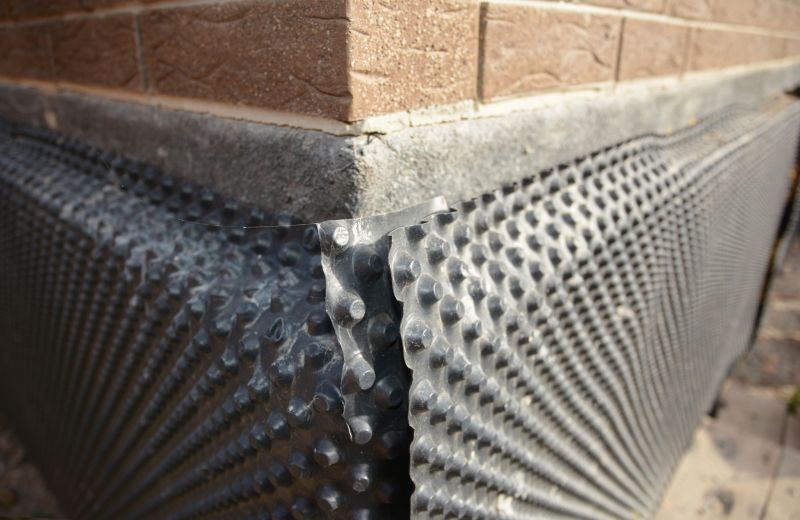
Ways to make Waterproofings work in tight or awkward layouts.
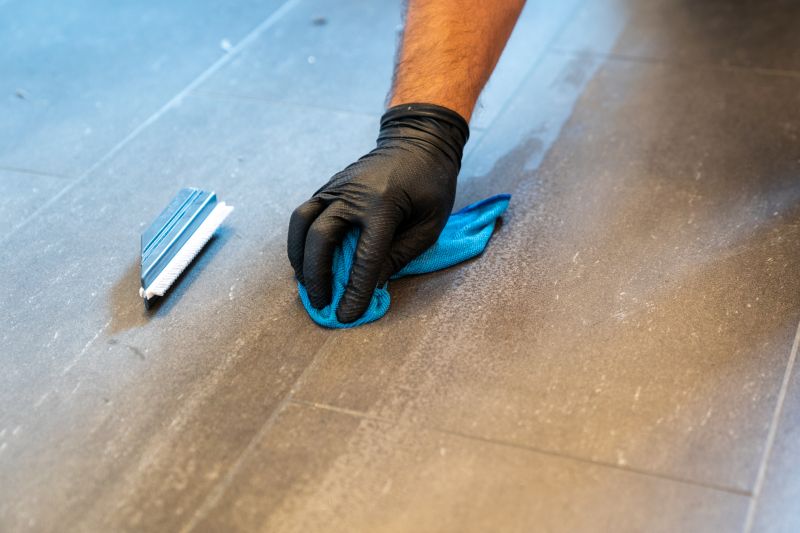
Popular materials for Waterproofings and why they hold up over time.
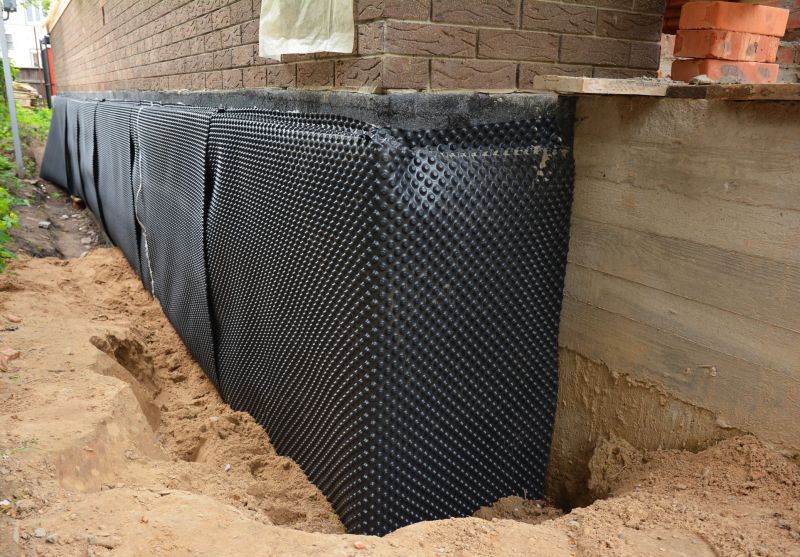
Simple add-ons that improve Waterproofings without blowing the budget.
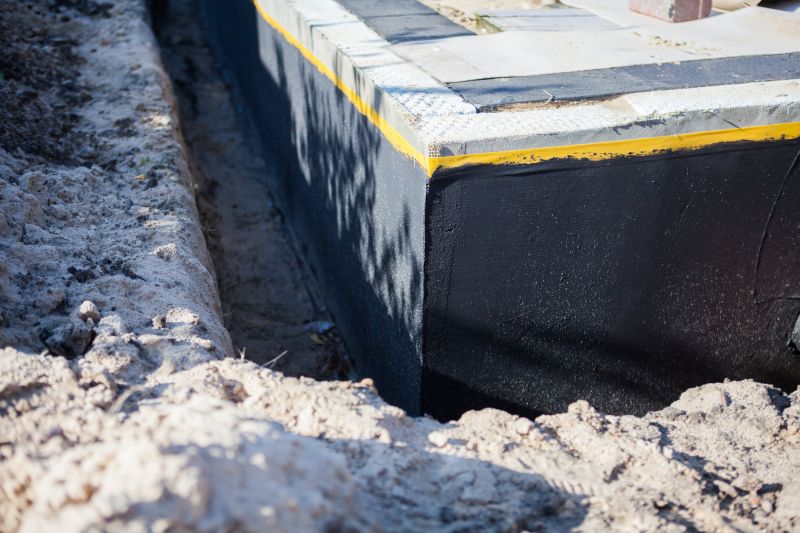
High-end options that actually feel worth it for Waterproofings.

Finishes and colors that play nicely with Waterproofings.
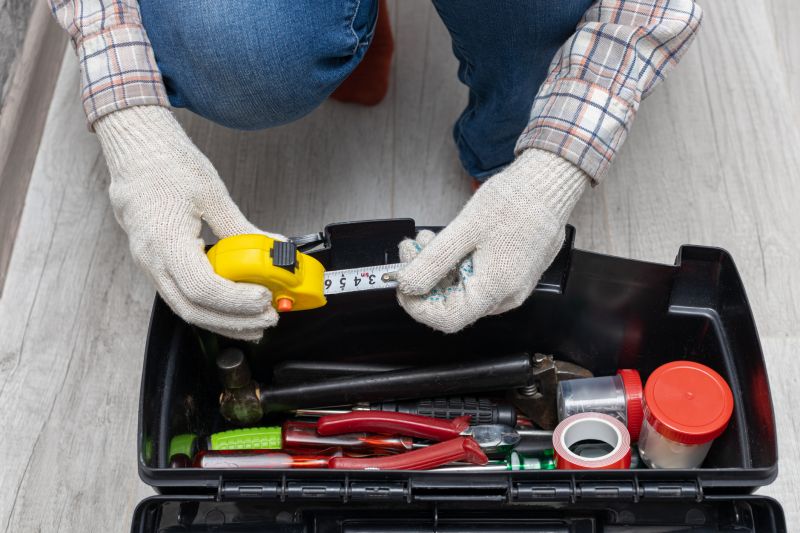
Little measurements that prevent headaches on Waterproofings day.
| Season | Ideal Conditions |
|---|---|
| Spring | Moderate temperatures, low humidity |
| Summer | Warm weather, longer days |
| Fall | Cooler temperatures, dry conditions |
| Winter | Freezing temperatures, snow |
Waterproofings are essential for maintaining the integrity of buildings and infrastructure. They involve applying membranes, sealants, or coatings to prevent water penetration. Effective waterproofing can extend the lifespan of a structure by protecting it from moisture-related damage. The choice of waterproofing method depends on the surface, climate, and specific project requirements.
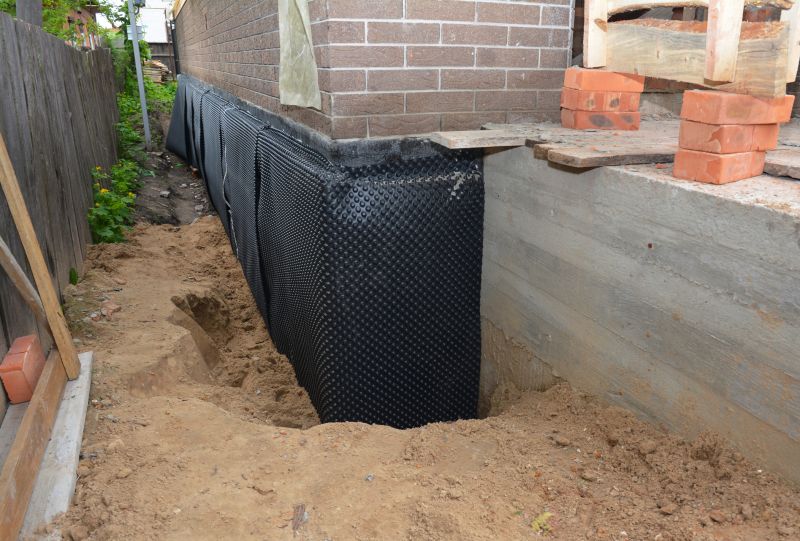
A 60-second routine that keeps Waterproofings looking new.
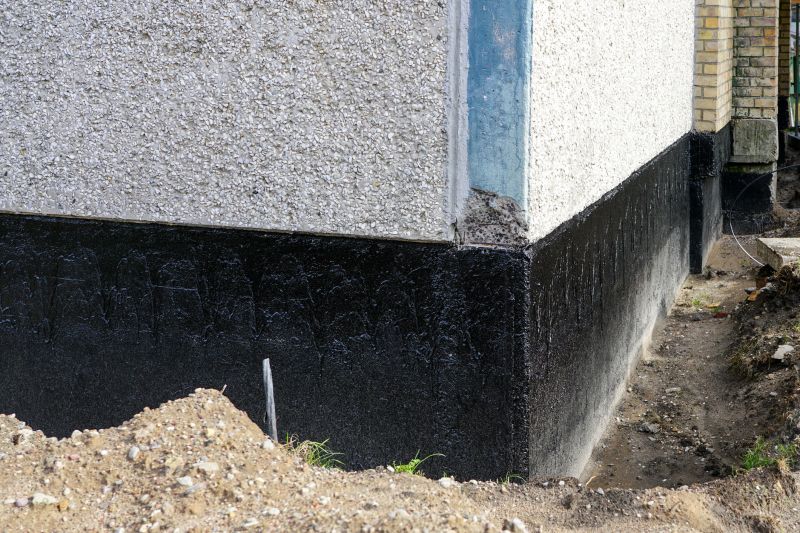
A frequent mistake in Waterproofings and how to dodge it.

Small tweaks to make Waterproofings safer and easier to use.
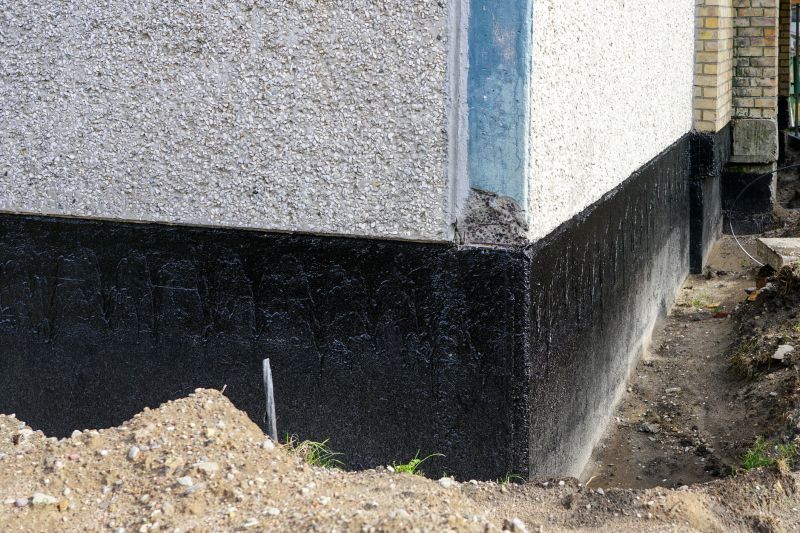
Lower-waste or water-saving choices for Waterproofings.
Choosing the appropriate time for waterproofing depends on local weather patterns and the specific materials used. Proper planning and execution during optimal conditions ensure durability and effectiveness. Consulting with waterproofing professionals can help determine the best schedule based on the property's location and climate.
If interested in waterproofing services, filling out the contact form provides a way to receive tailored advice and scheduling options. Proper timing and application techniques are vital for long-lasting protection against water damage.

